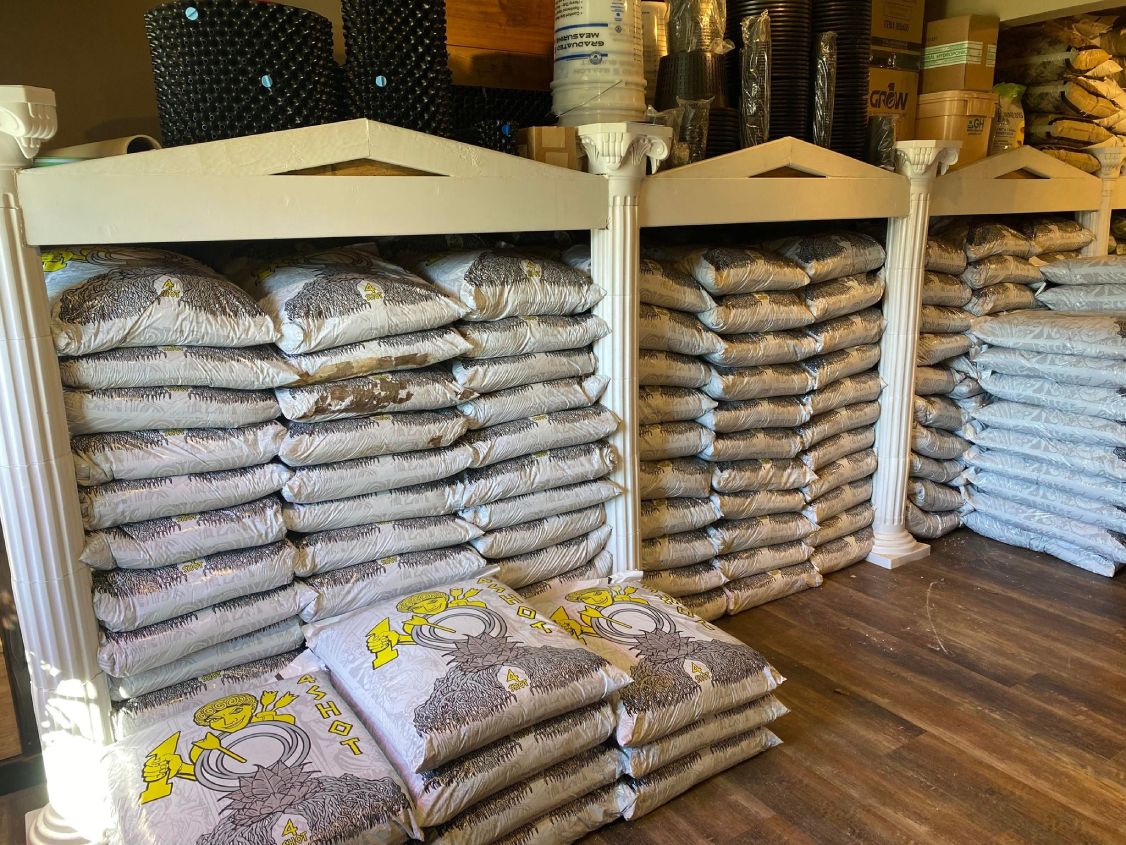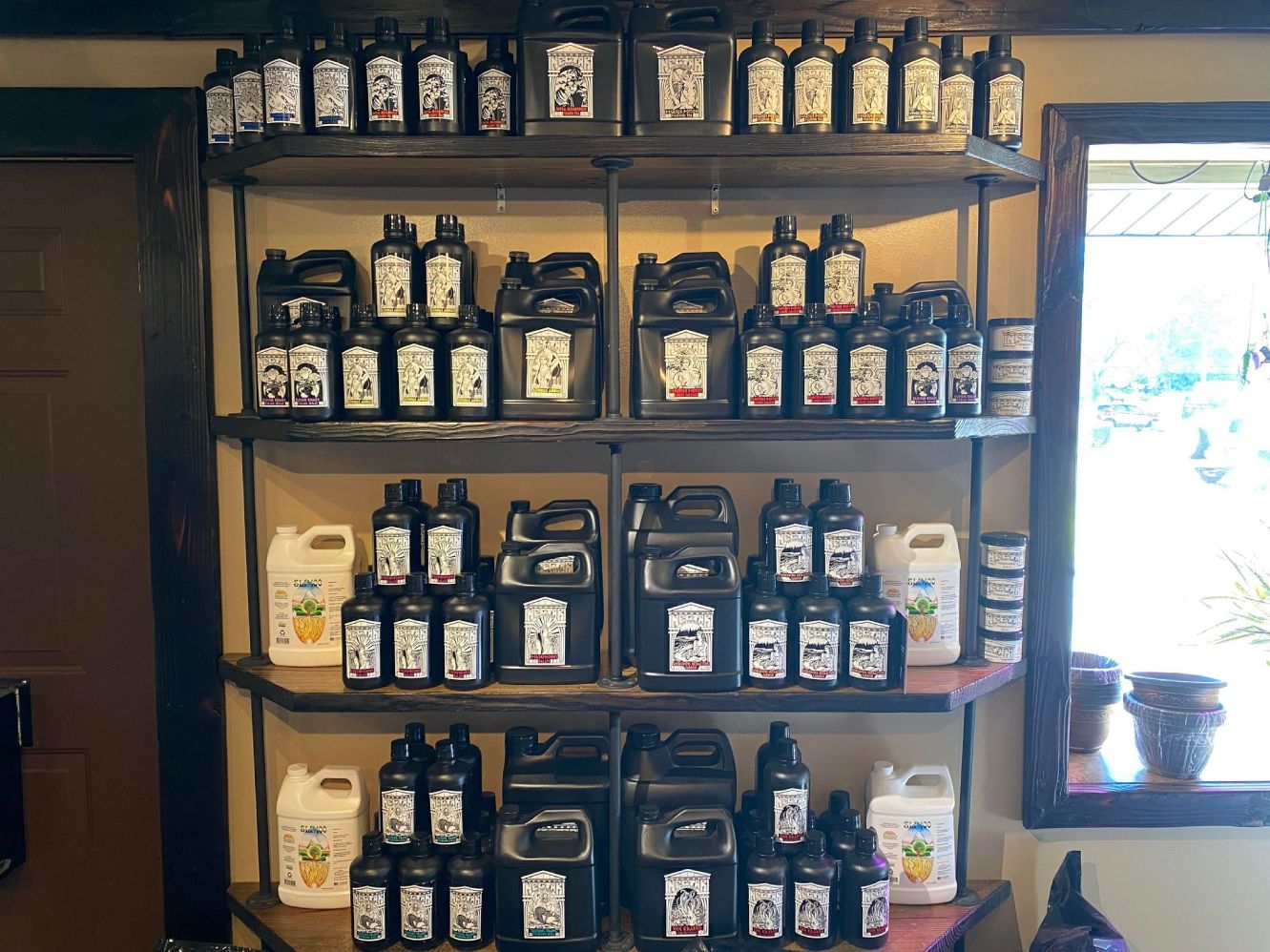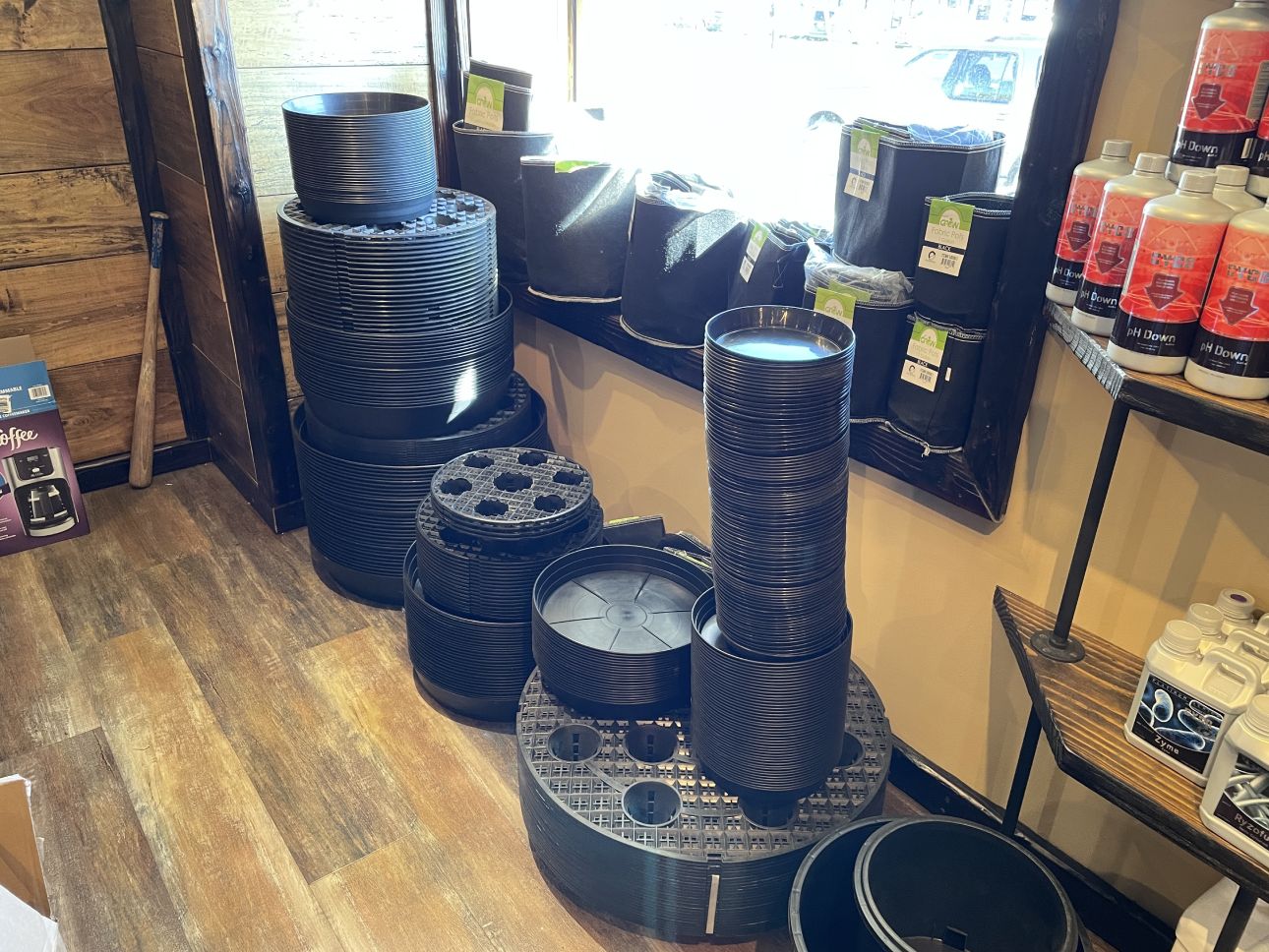Dive Into the Globe of Hydroponics: Discovering Different Kinds
Within the world of hydroponics exists a varied variety of farming methods that use distinct advantages for expanding plants without dirt. As we start this exploration of various hydroponic systems, we will reveal the intricacies of strategies like the Nutrient Film Method (NFT), Deep Water Society (DWC), Wick System, Ebb and Circulation (Flooding and Drain), and Aeroponics. Each technique presents a distinct method to supporting plants in a soil-less atmosphere, encouraging technology and performance in the world of contemporary farming.

The Nutrient Film Method (NFT)
The Nutrient Film Technique (NFT) is a hydroponic system that includes a continuous flow of nutrient solution over plant origins in a thin movie to advertise effective nutrient uptake. This method utilizes a superficial stream of water that contains liquified nutrients, permitting the plant origins to have continuous access to the needed components for development - The Indoor Earthworm. The nutrient solution flows along all-time low of the channel, calling the roots and then draining away, giving a highly oxygenated environment crucial for origin wellness
Given that the nutrient remedy is recirculated, it calls for much less water contrasted to typical soil-based horticulture. In addition, the regulated setting of the NFT system lessens the threat of nutrient imbalances and conditions, leading to much healthier plants.
Deep Water Society (DWC)
Amongst the different hydroponic systems utilized for cultivating plants, Deep Water Culture (DWC) sticks out for its easy yet reliable style. In a DWC system, plants are placed in web pots, permitting their roots to hang directly into a nutrient remedy. This option is oxygenated using air pumps and air rocks to ensure that roots obtain an appropriate oxygen supply. The key to success in DWC is maintaining the correct oxygen degrees in the nutrient service to avoid root rot and promote healthy and balanced plant growth.
One of the main benefits of DWC is its low maintenance requirements. With fewer moving parts and no demand for a complicated watering timetable, DWC is a beginner-friendly choice for those new to hydroponic horticulture. In addition, the straight accessibility to oxygen and nutrients enables plants to uptake what they need a lot more efficiently, commonly leading to faster growth prices and greater yields contrasted to standard dirt growing techniques. Nonetheless, managing water temperature level and stopping algae development in the nutrient remedy are vital factors to consider when executing a DWC system.
Wick System
In hydroponic farming, the Wick System is a passive approach that enables plants to draw up nutrition solution through capillary activity. This system is straightforward and suitable for beginners due to its simplicity. It includes an expanding tray filled up with an inert tool like perlite or vermiculite, where plants are placed. A wick, typically made from products like cotton or nylon, expands from the expanding tray right into a storage tank loaded with the nutrient service. The capillary action of the wick enables the nutrient remedy to relocate from the reservoir to the expanding tray, ensuring a consistent supply of nutrients to the plants' roots. One of the benefits of the Wick System is its low price and convenience of arrangement. It may not be appropriate for larger plants or those with high nutrient requirements, as the easy nature of the system can lead to uneven vitamins and mineral circulation. On the whole, the Wick System offers a straightforward and reliable method to exercise hydroponic horticulture.
Ebb and Flow (Flood and Drainpipe)
Discovering the Ebb and Circulation (Flooding and Drain) system gives understanding into a dynamic hydroponic strategy that alternates in between flooding and draining pipes the plant origins with nutrient remedy. This system runs by occasionally swamping the plant containers with a nutrient solution from a reservoir and after that permitting the excess remedy to drain back. The process is typically regulated by a timer to ensure routine flooding cycles, supplying the origins with oxygen as the option declines.
Ebb and Flow systems are flexible and can suit different plant dimensions and types. The periodic flooding assists deliver nutrients directly find more information to the roots, improving nutrient uptake efficiency.
This technique is preferred among hydroponic enthusiasts for its effectiveness, simpleness, and flexibility to various plant requirements. With proper monitoring and maintenance, the Ups and downs system can support durable plant development in a regulated hydroponic setting.
Aeroponics
Making use of a high-pressure misting system, Aeroponics is a cutting-edge hydroponic look these up technique that suspends plant origins in an oxygen-rich environment to promote optimum nutrient absorption and strenuous development. Unlike other hydroponic strategies, which immerse roots in water or a nutrient solution, Aeroponics provides nutrients straight to the origins via a great mist. This haze is sprayed at routine intervals, ensuring that the origins receive a continuous supply of water, oxygen, and nutrients.

One of the key advantages of Aeroponics is its capability to maximize nutrient uptake while lessening water usage. By providing nutrients straight to the roots, plants can absorb them a lot more efficiently, bring about faster development prices and higher returns. In addition, the oxygen-rich environment produced by the misting system promotes origin advancement and helps protect against root diseases.
Aeroponics is particularly appropriate for growing leafy eco-friendlies, natural herbs, and various other plants that prosper in oxygenated environments. The Indoor Earthworm. Its effective use sources and capability to advertise rapid development make it a prominent choice for hydroponic lovers seeking to achieve optimal results
Conclusion
Finally, hydroponics offers a series of ingenious techniques for growing plants without dirt. From the nutrient movie technique to deep water society, each approach has its very own benefits and obstacles. By comprehending and utilizing these numerous kinds of hydroponic systems, people can discover brand-new possibilities for sustainable farming and make best use of plant growth in controlled settings.
